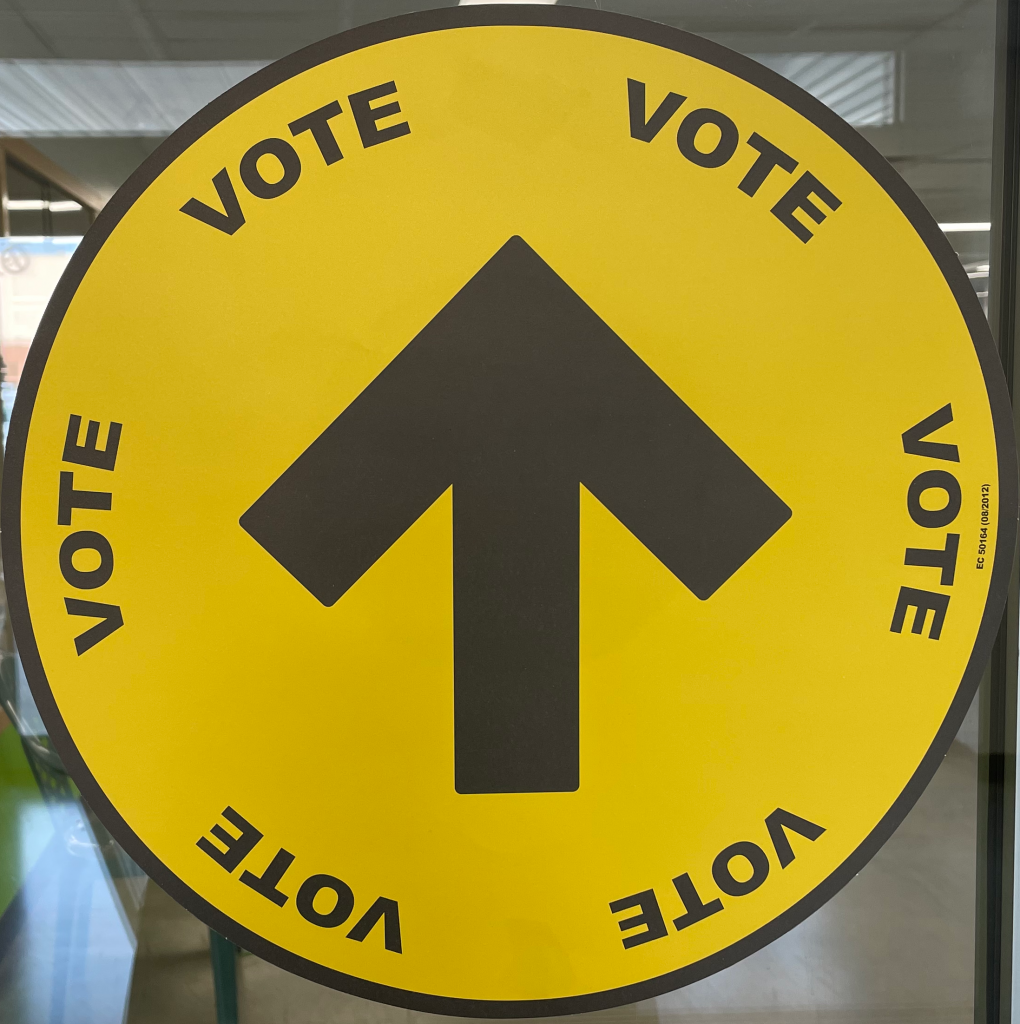pre-pandemic bag use
Everyone has a pandemic story. I do not need to go back 15 or 25 years to see a difference in my use of technology or what I dragged around. But, in my case, the pandemic significantly altered the importance of paper, digital and mobile technology at work.
Yet, before mid-March 2020, I wheeled a portable office bag overloaded with printed paper that I had dutifully marked up with a 0.4 tipped Pilot G-Tech-C4 red pen ordered in from Vancouver or Calgary. (The 0.4 tip afforded exact legible penmanship to accommodate the needs of my students.) Those penned-up sheets of paper awaited redistribution to the students who had produced the text electronically and emailed me the copy to print, correct, and return so that they could, in turn, incorporate the corrections back into their electronic drafts and resend back. That circular experience with the whole text (e.g., a sentence and a paragraph) and its parts (letters, words, phrases, or punctuation) renewed the student’s interpretive attention to other potential understandings.

It was the bane of my daily commute and ensuing walk to work, especially during the grips of winter.
It would have been easier to remain within a digital experience. However, the adult students came from strong oral societies with little experience with paper, digital technology, or formal education. Thus, the mixing of mediums allowed these students to work on English’s linear written text conventions and the operational needs of digital technology such as saving, retrieving, sharing, and updating. The visual requirements for discriminations of minute details and patterns while learning these literacies always needed to be kept at the forefront during the explicit instruction. For example, written English is a series of lines, circles, and dots. Stop and think about differentiating between b, d, p, q, g, and 9. Managing the user interface to communicate with the operating system or navigate a program also provides a visual overload for the students. Therefore, I needed to be mindful to offer the students manageable chunks of information.
b d p q g 9
pandemic bag use
My educational institute’s closing due to the onslaught of the first wave caused a switch in my educational institute’s closing due to the onslaught of the first wave caused switching my technology use. The move from in-person face-to-face instruction to virtual resulted in the class’ learning management system (LMS), moving from an add-on to becoming front and centre. The synchronous component, virtual face-to-face, has been interwoven into the asynchronous LMS component.
Thus, everything now flows through the work computers, backed up on the cloud, and accessible from my personal computer. In addition, the LMS and virtual class are also accessible from the mobile after I had to scramble during a power outage to connect back to the virtual course. Finally, the mobile plays an essential role for identity verification to access the work VPN, email and Zoom accounts and the cloud VPS. My work photo identification has sat in a drawer since the institution’s closing.
Mobile technology, which has replaced most of my paper, print, and pen needs, slips easily into a pocket and has become essential when I wish to stay connected.
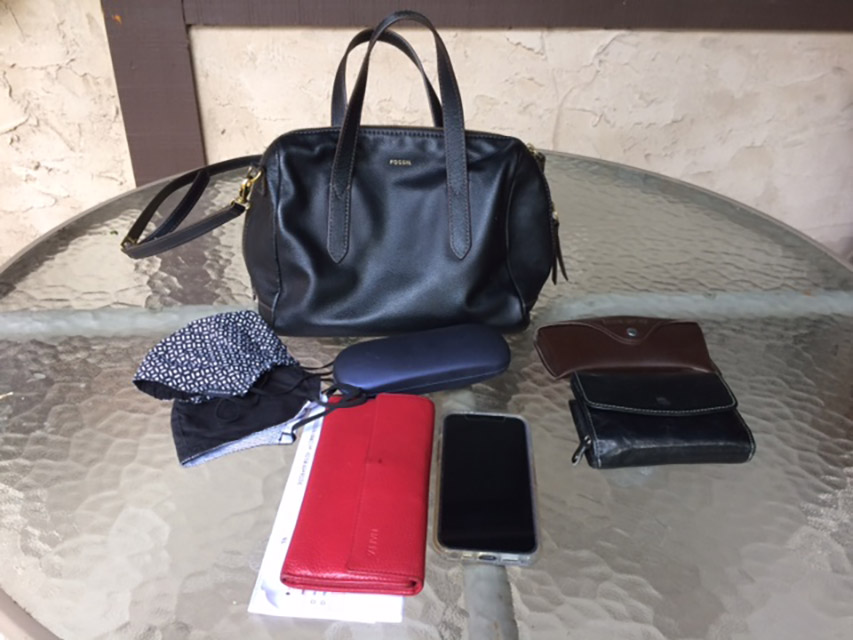
Yet that Sunday morning, when I set off to the advance poll, I conveniently slipped the phone into the plain black leather bag.
Leather, an old technology pre-dating flexible woven cloth and paper materials, was once essential in book fabrication but now serves more of an ornamental purpose. The bag also contained red and black leather wallets containing polycarbonate government-issued identifications required for voting, along with chipped bank-issued polyvinyl chloride acetate cards. Another product of the plastic technology included were the two cases for glasses, one to facilitate reading printed text and the other to reduce the strain of reading text on a computer screen.
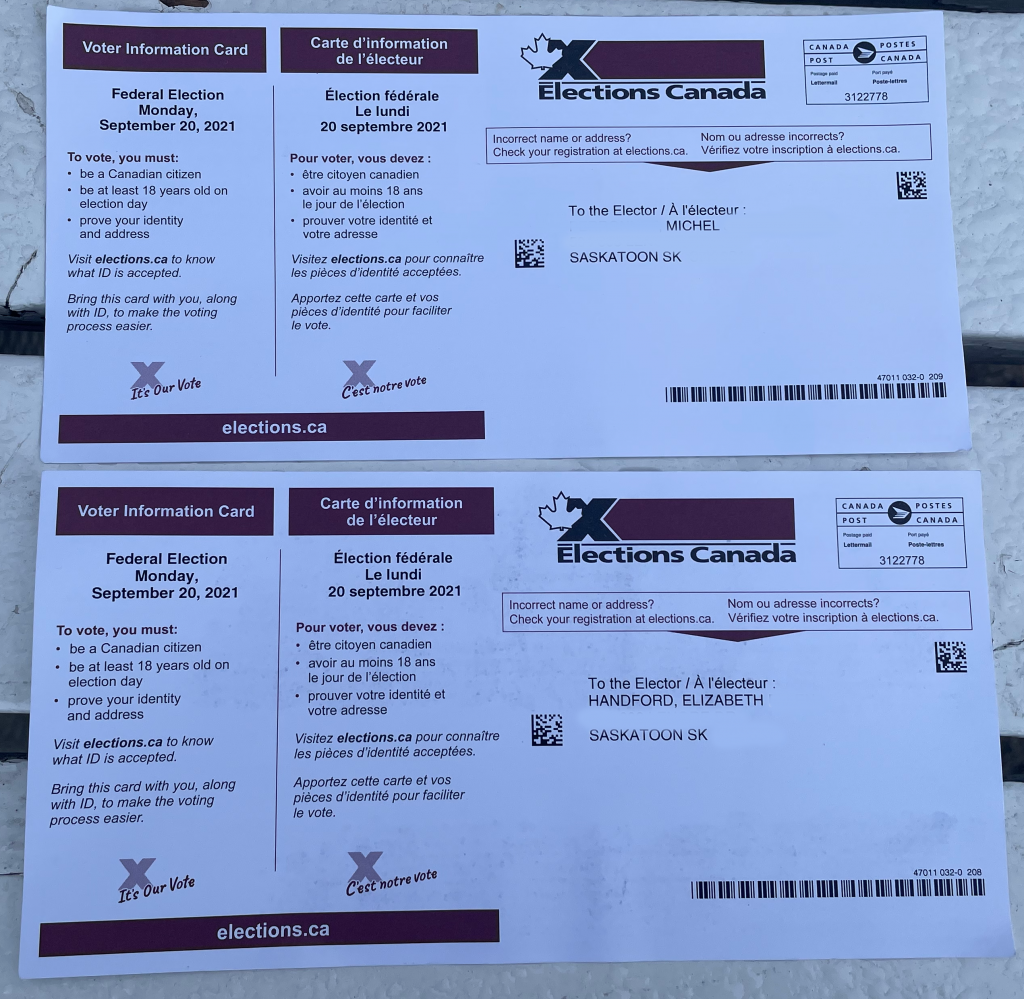
In addition, there were two voter information cards issued by Election Canada indicating the assigned advanced polling stations and when they were open. While the same information could be found online, the paper card had other advantages.
Its accuracy of personal data enabled easy access to the paper voting ballot with just a signature and proof of identity.
indispensable but not required
Unfortunately, the bag’s dispensable content was the paper records of COVID-19 immunizations issued by Saskatchewan Health and the two textile masks as the provincial government had lifted all COVID-19 restrictions.

Non-essential
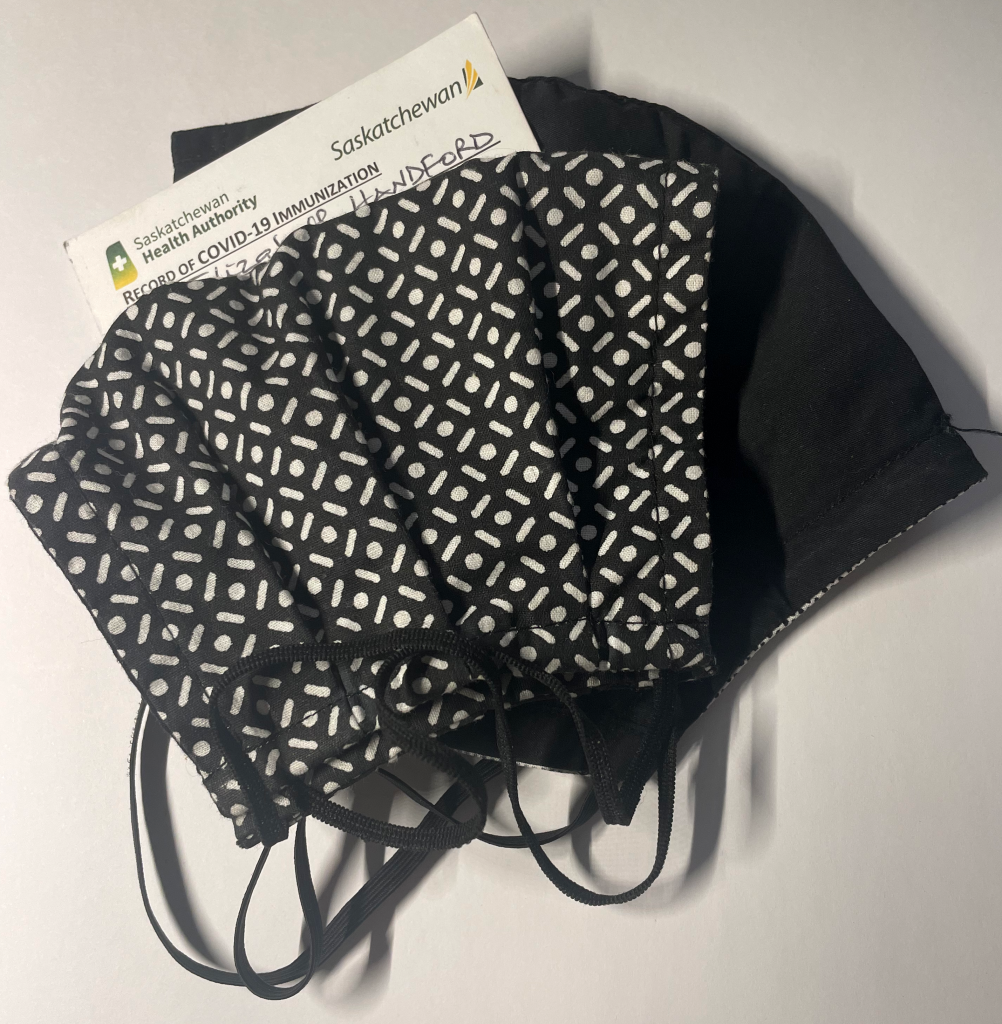
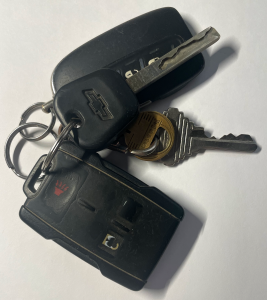
Non-essential
Combined with the voter’s information card, these two facts explained my use of the bag, the content, and the early outing: the bag afforded a swift in-out to cast the ballot at advanced polls to minimize contact. Though I do not think it would be easily discernible without background knowledge of the province’s ill-preparedness for the fourth wave and the lack of updates.
The content of my bag speaks to my privilege, my multiple literacies and the availability of private transportation. Not only do I have access to evolving information through digital and mobile platforms, but I also know how to stay informed. Adding to this with working virtually insulates me from significant risks that many other members of our society do not possess.
